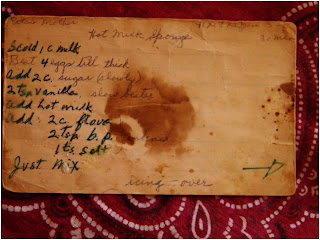Thursday, May 30, 2013
57.0° here on the mountain, windless, quiet. I have been out twice with Karl the Wonder Dog and he has settled back to sleep for a while. Yesterday's rain has quieted the critters of the woods too and only now do some of the birds start their wake up calls. It will be a great day.
June is when peonies begin to bloom here although in most parts of New England south of here they have already been entertaining people. I heard a report last week of Smouthii, the nice fern leaf peony, being in bloom for several days already in Morrisville. Smouthii is a dark red and for some reason it is the only peony I know that deer like to munch on.
Peonies should be planted in a well thought out location, in full sun if possible and in a large hole well amended with compost. They have to be planted not more than 1.5"-2" deep so I recommend the "finger joint rule" meaning keep the root close to the surface and when you have planted it, be sure the top of the root is no deeper than 2 finger joints, i.e., push a finger into the ground and be sure there are only a couple finger joints between soil surface and striking the root .Deeper planted roots make great foliage but bloom is hard to come by.
We have had rain for 12 of the past 13 days and have set a new rain record for the month of May. 8.75". Peonies are big plants so they make good use of water but they require soil that drains. August is the month to watch for rain as mid August is when peonies set buds on their root stocks for the following year. Remind yourself to dump a couple buckets of water on each peony in August and you will be rewarded next year with a much improved bloom count.
Peonies seem to last too short a season for their beauty. It might sound odd but they have become so popular as a cut flower that they are grown successfully in Alaska and are shipped to our east coast "summertime" well into October. A trick to employ here to make cut peonies last longer is to cut stems when the tight buds are just showing color and then place them in the bottom of your refrigerator. They will last 30 days there at which time they can be removed, given a fresh cut and a vase of water. They will begin opening in a day or so. Give it a try!
Writing from the mountain above Peacham Pond where the first chore today is to give attention to my bee hives. The bees have been making honey like crazy because of the great apple blossom production this year, I am leaving for Maine tomorrow so I want to add to the hive size today so the bees don't swarm in my absence. I have a lot invested this year and want to see the bees still making honey come fall. If the hives get crowded, the bees leave.
Gail and Michael will be at the flower farm for the next week and Alex will be handling chores at the house. Stop by the flower farm and walk down to the hosta display garden if you can. It is exceptional this year!!
Best gardening wishes!
George Africa
The Vermont Gardener
Vermont Flower Farm
On Facebook as Vermont Flower Farm and Gardens and also as George Africa
On Twitter as vtflowerfarm
Always here to help you grow your green thumb!









































